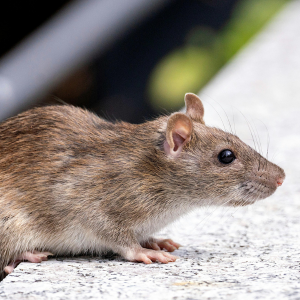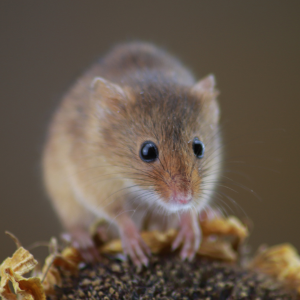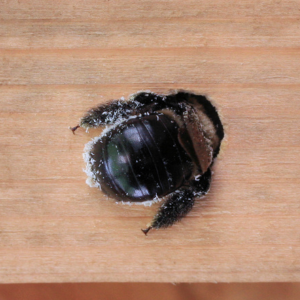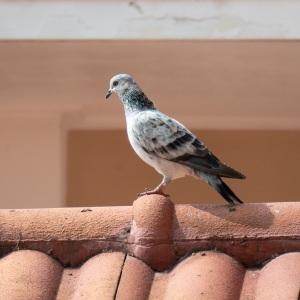- Ellicott City, Maryland, 21041
- P.O. Box: 700
-
Location
Ellicott City, Maryland, 21041
- Get a Quote
- For a Free Consultation +1 443-962-8581
- pestguru25@gmail.com
- Ellicott City, Maryland, 21041
- P.O. Box: 700
- Reviews
-
Location
Ellicott City, Maryland, 21041
-
Phone
+1 443-962-8581
- Get a Quote
Identify Centipedes
Centipedes are fast-moving, multi-legged arthropods commonly found in damp, dark areas such as basements, bathrooms, and under debris. While their appearance can be alarming, centipedes are actually beneficial in small numbers as they prey on other household pests like cockroaches, spiders, and ants. However, large infestations can become a nuisance and indicate moisture problems in the home. For effective centipede control, it’s important to reduce humidity, seal entry points, and eliminate their food sources. Professional pest control services can provide targeted treatments to safely manage centipede populations and prevent future invasions.
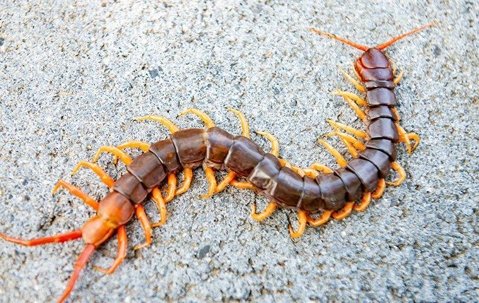
How do I get rid of Centipedes?
To get rid of centipedes, start by reducing moisture in your home, as they thrive in damp environments. Use a dehumidifier, fix leaky pipes, and ensure good ventilation in bathrooms, basements, and kitchens. Seal cracks and gaps in walls, doors, and windows to block entry points. Remove clutter like cardboard boxes, leaf piles, and wood stacks where centipedes might hide.
You can also use sticky traps in dark corners to catch them. Insecticidal sprays labeled for centipedes can be applied along baseboards and entry points if the infestation is more severe. However, because centipedes feed on other insects, getting rid of their food source by controlling other pests is crucial. For persistent problems, consider hiring a professional pest control service for thorough inspection and treatment.
Treatment Process
Centipede Control & Treatment Process:
Inspection & Assessment
We conduct a detailed survey of your property to pinpoint centipede hotspots, nesting sites, and potential entry routes.
Targeted Treatment
Using specialized, low-toxicity sprays and dusts, we treat cracks, crevices, and moisture-prone areas to eliminate centipedes at the source.
Moisture Control & Habitat Modification
We identify and recommend fixes for leaks, high-humidity zones, and landscape issues. We also seal gaps and openings to block centipede access.
Sanitation & Prevention Advice
Our experts provide tailored guidance on reducing clutter, improving ventilation, and managing other pests (their food source) to discourage centipede return.
Follow-Up & Monitoring
We schedule return visits to assess treatment effectiveness, reapply if needed, and ensure a centipede-free environment.

